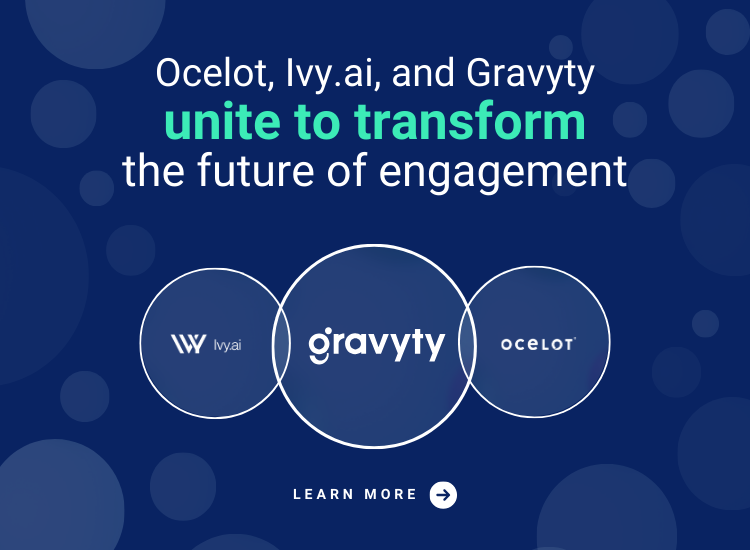Since the buzzy new generative AI tool called “ChatGPT” hit the mainstream in early 2023, higher education leaders have been faced with a major decision: when to begin using generative AI and how to avoid taking on added risk.
It’s a worthy question. The risks of using generative AI (without human involvement) are significant. Popular tools like ChatGPT raise a whole host of potential concerns: ranging from misleading or hallucinated data, to biased outputs, and they leave many unanswered questions about intellectual property and data ownership.
Erring on the side of caution, most higher education leaders have chosen a “wait and see” approach, looking to other industries and policy makers to establish clearer guidelines on how to leverage generative AI. Yet, this approach is becoming less viable, as college leaders begin to face pressure from all sides:
- Faculty want to know how to protect academic integrity in their classrooms.
- Boards want to know how colleges plan to keep up with this new and innovative technology.
- Staff and administrators want to know if (and how) they can use generative AI to find efficiency in their work.
- Future employers want to see that colleges are preparing students for future careers by developing AI literacy early.
- Students are expecting the personalized and on-demand support they get from other industries (think: Amazon and Netflix) that use AI in their regular business practices.
There is no doubt that innovations in generative AI bring immense potential to the field of student success and introduce ways to improve outcomes in a more scalable, personalized way than we’ve ever seen before. The good news is that there are ways to tap into the best (and safest) use cases of generative AI without exposing your institution to major unknowns and risks.
Human-Centered AI model, (HCAI), combines the power of generative AI, with AI spidering technology, context, and human expertise. HCAI – and the technology solutions that embrace it – focuses on understanding the individual goals, needs, questions, and contexts of the user.
Most educators pride themselves on their ability to personalize, contextualize, and support students. It is when a student confides in a faculty member about their housing insecurity, and the faculty member connects that student with an emergency grant. Or, when an advisor takes the extra time to follow up with a student about their plan to graduate, catching them from dropping out just in time. For many educators, it is these same personalized interactions with students that provide the intrinsic motivation to continue to work in an industry that has been under public scrutiny for decades.
Until now, executing personalized support at scale has remained out of reach: but the desire to treat all students as individuals has been steeped in the culture of our postsecondary institutions all along.
If any industry, let alone any group of users, could benefit most from the power of HCAI, it is college students. Students must navigate a maze of (often) foreign processes, decisions, and priorities throughout college.
In a Generative AI context, students might receive boiler-plate guidance updated in tone. Realistically, though, students might ask the same question, but the answers they are looking for might be entirely different.
| Question: How do I submit my transcript?
Gen AI Response: To submit your transcript, please contact your high school and request they send an official transcript in a sealed envelope to our campus. More details are available on our website. |
|
Ana:
|
Tom:
|
| Question: How do I submit my transcript?
HCAI Response: Thanks for reaching out! Before I share more information on next steps, I have a few questions to ask you first so I can make sure I get you the right answer… |
|
HCAI-enabled systems can be trained to answer questions and ask probing context questions before they answer.
As college leaders face internal and external pressures to embrace AI, HCAI enabled platforms present a safer way to provide personalized support at scale that has long been the dream.
Want to learn about how Ocelot combines the power of Generative Artificial Intelligence and Human-Centered Artificial Intelligence? Download our White Paper, “The Power of Human-Centered AI in Higher Education” here!








